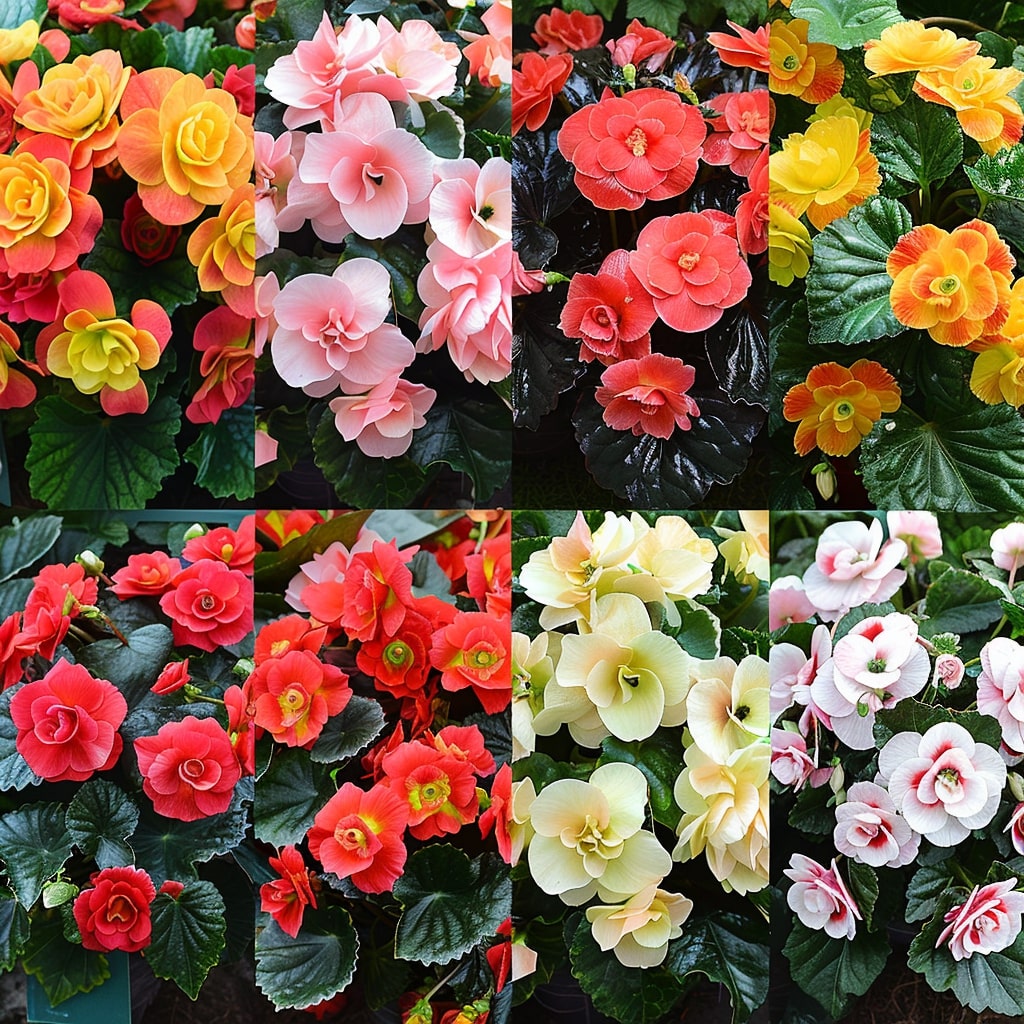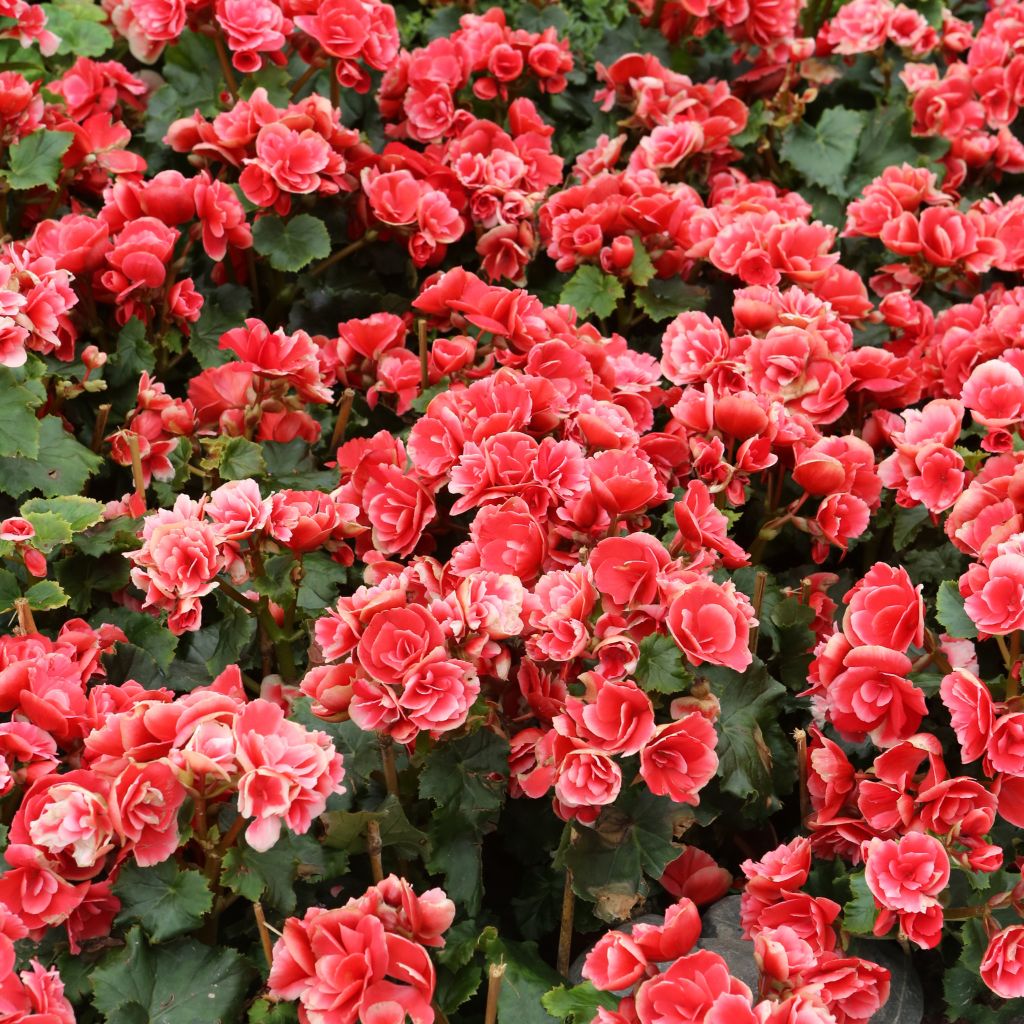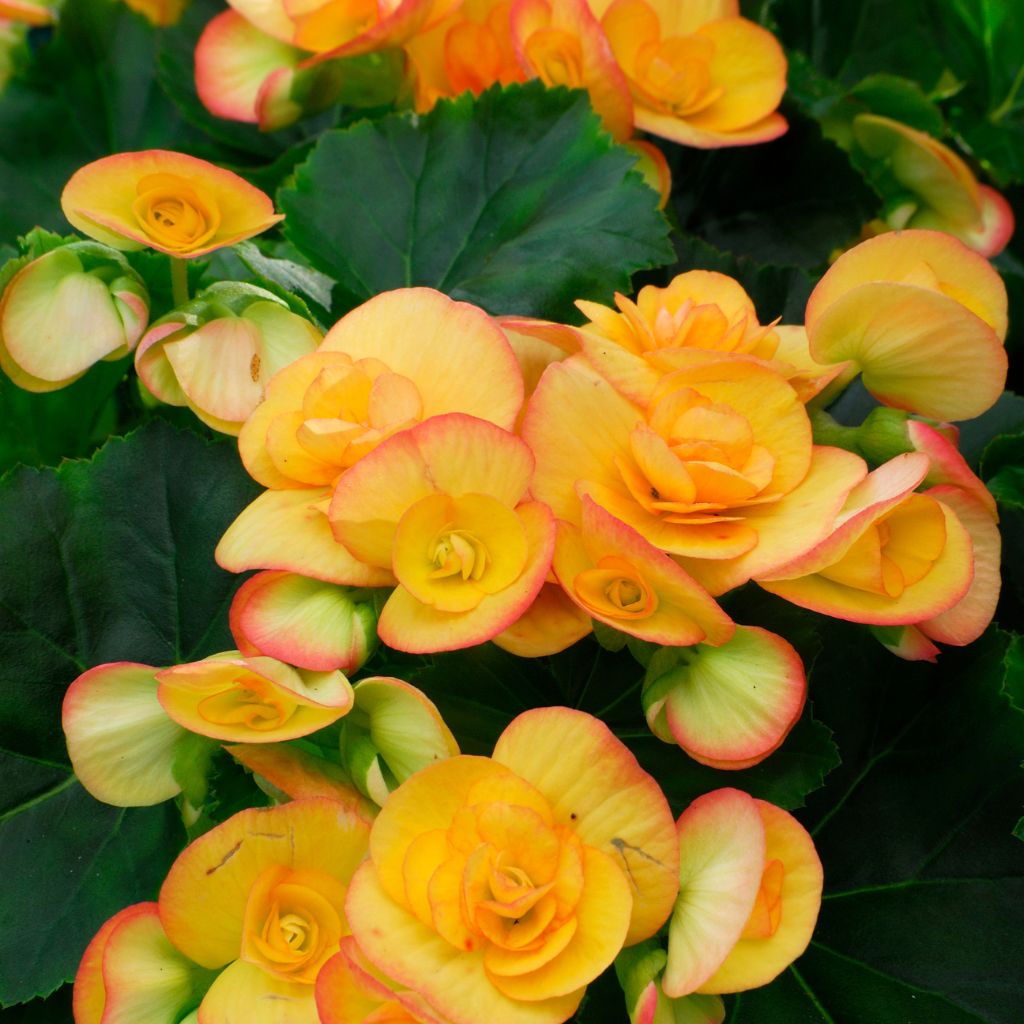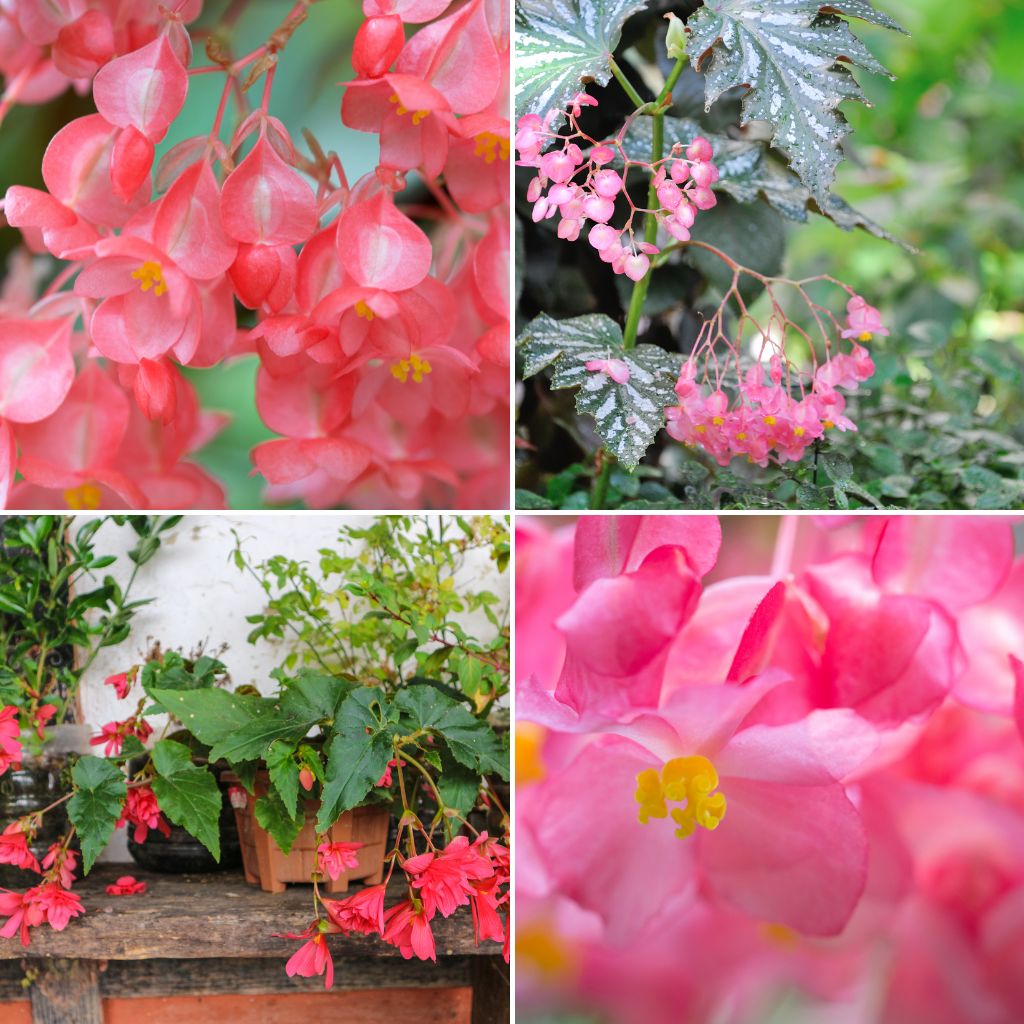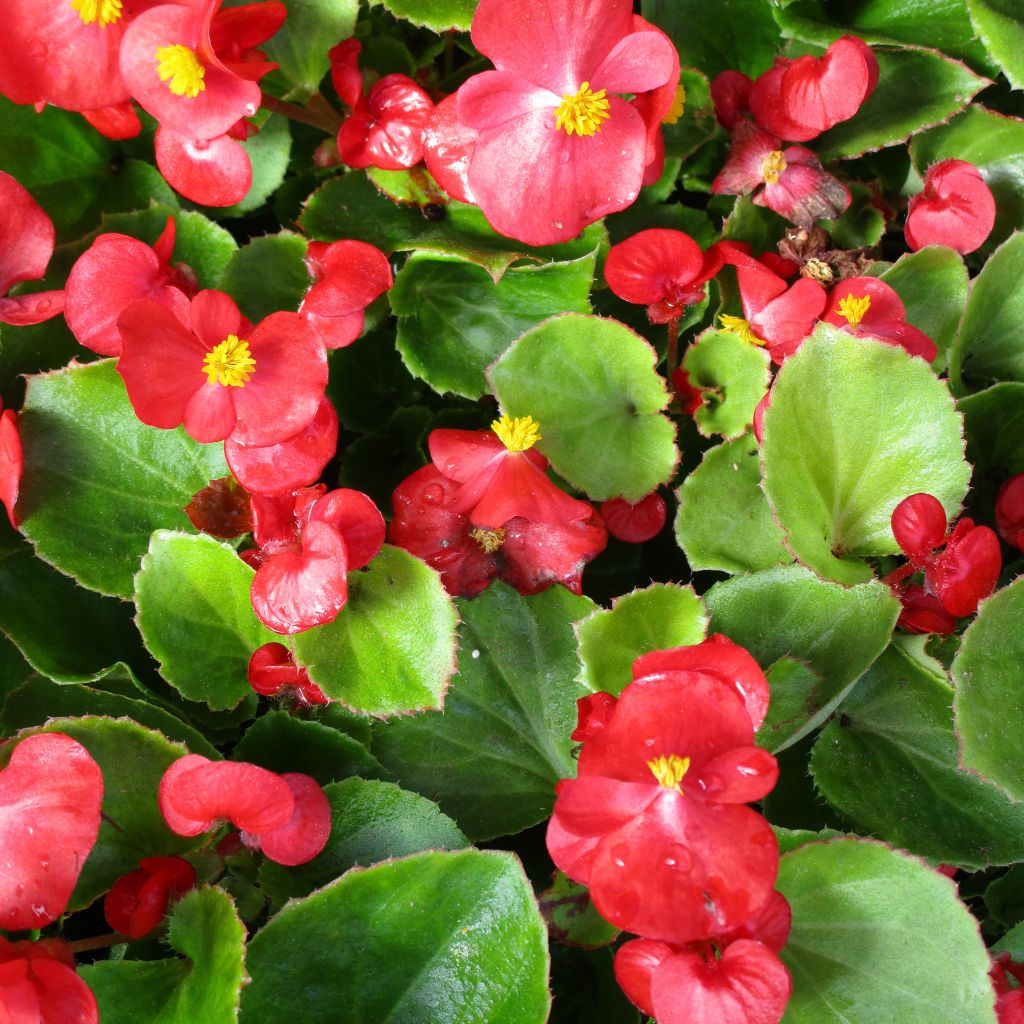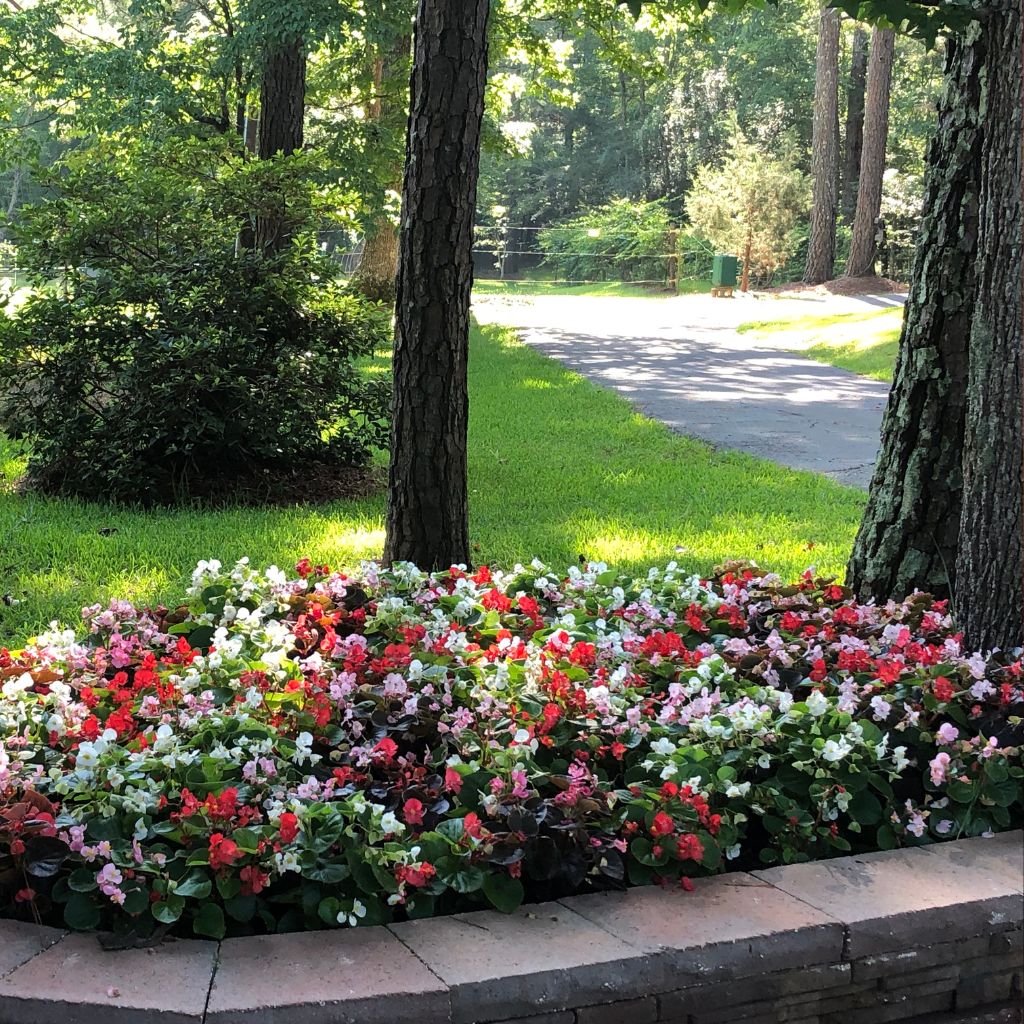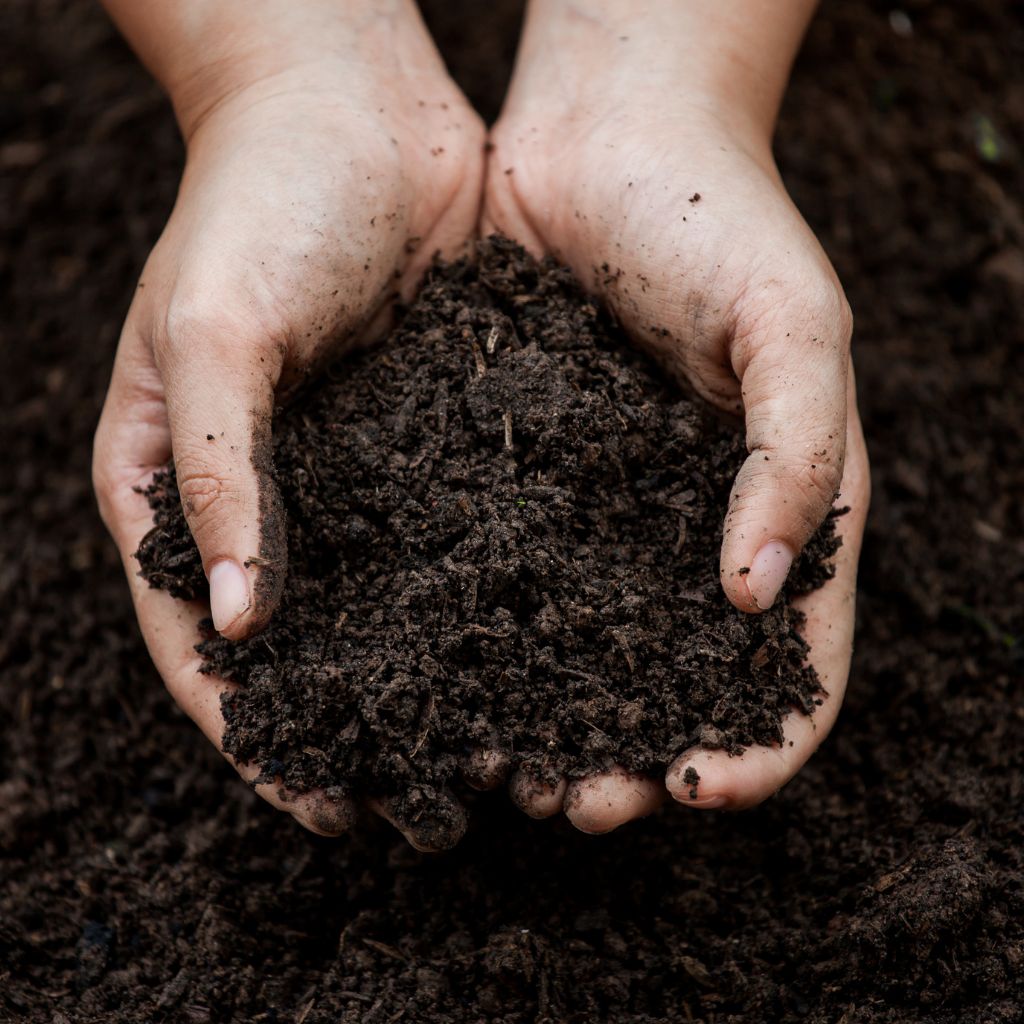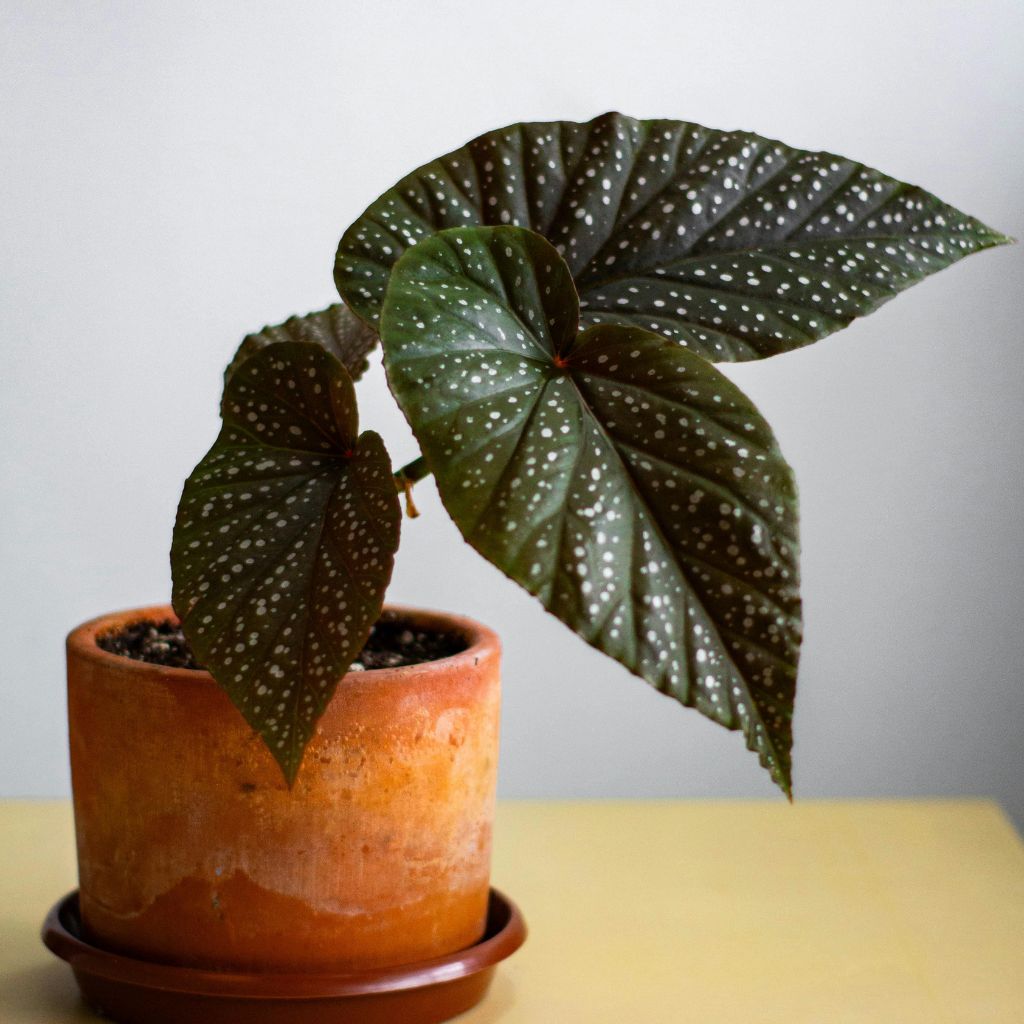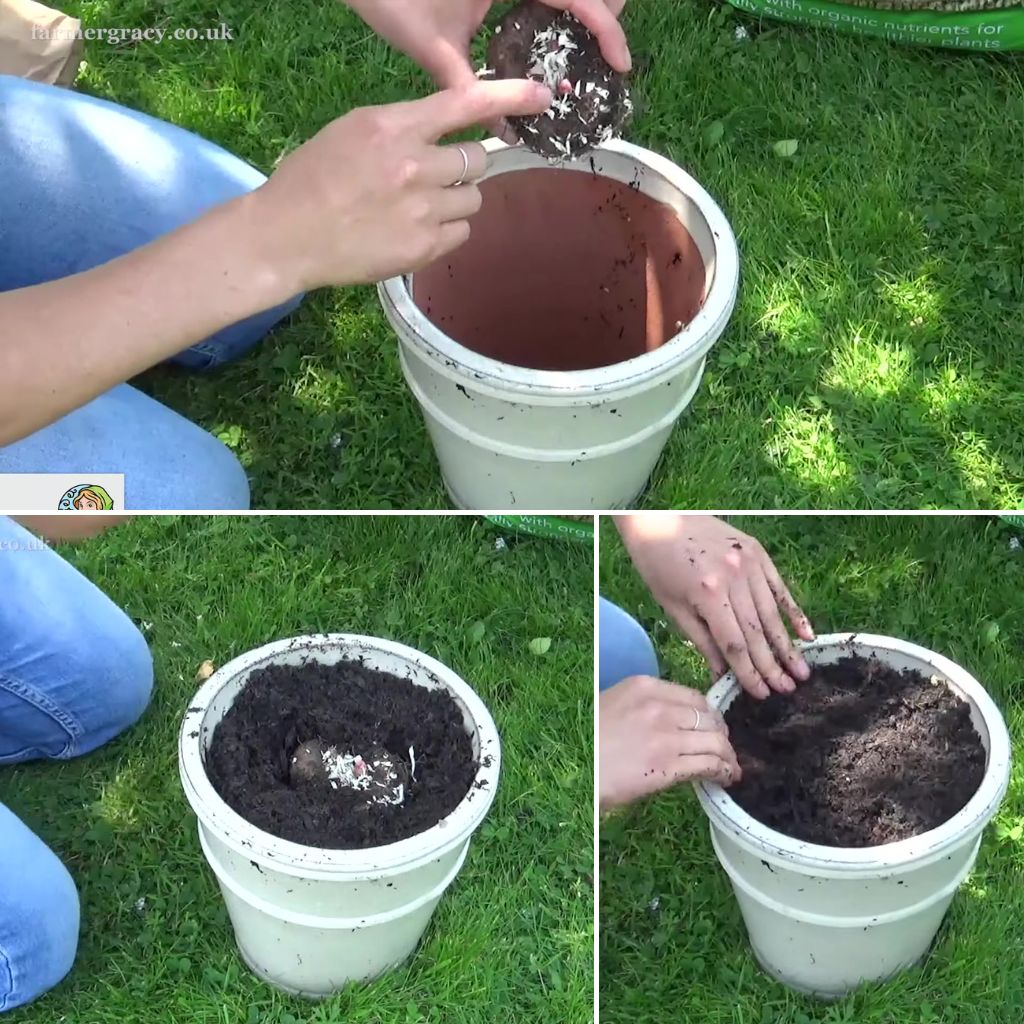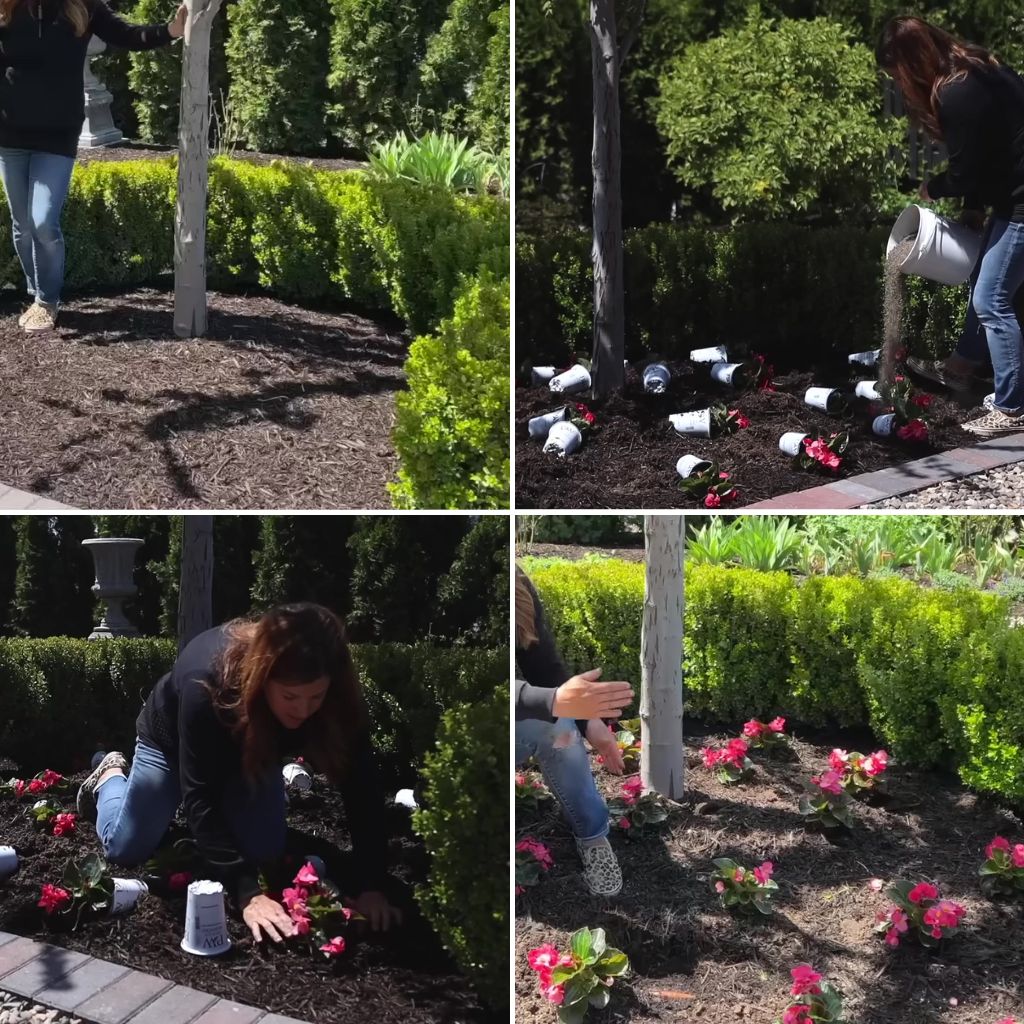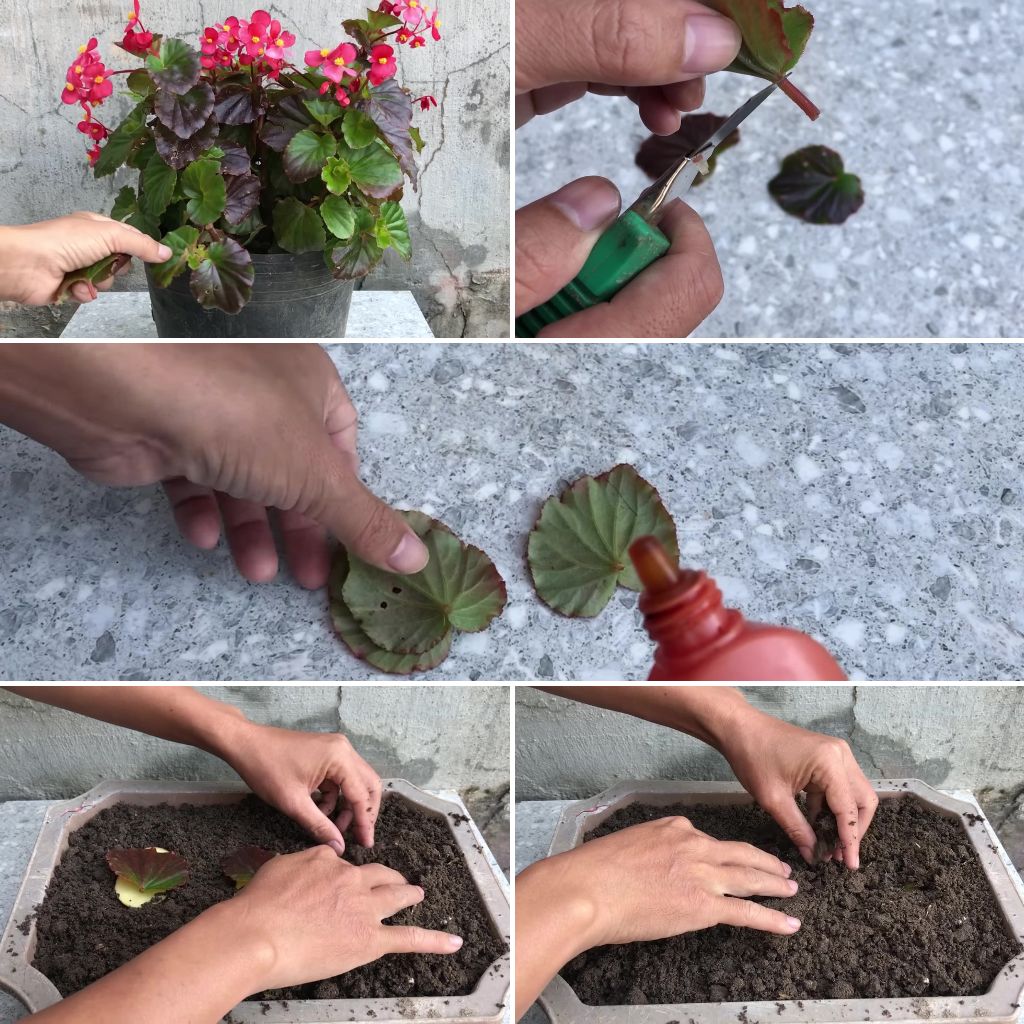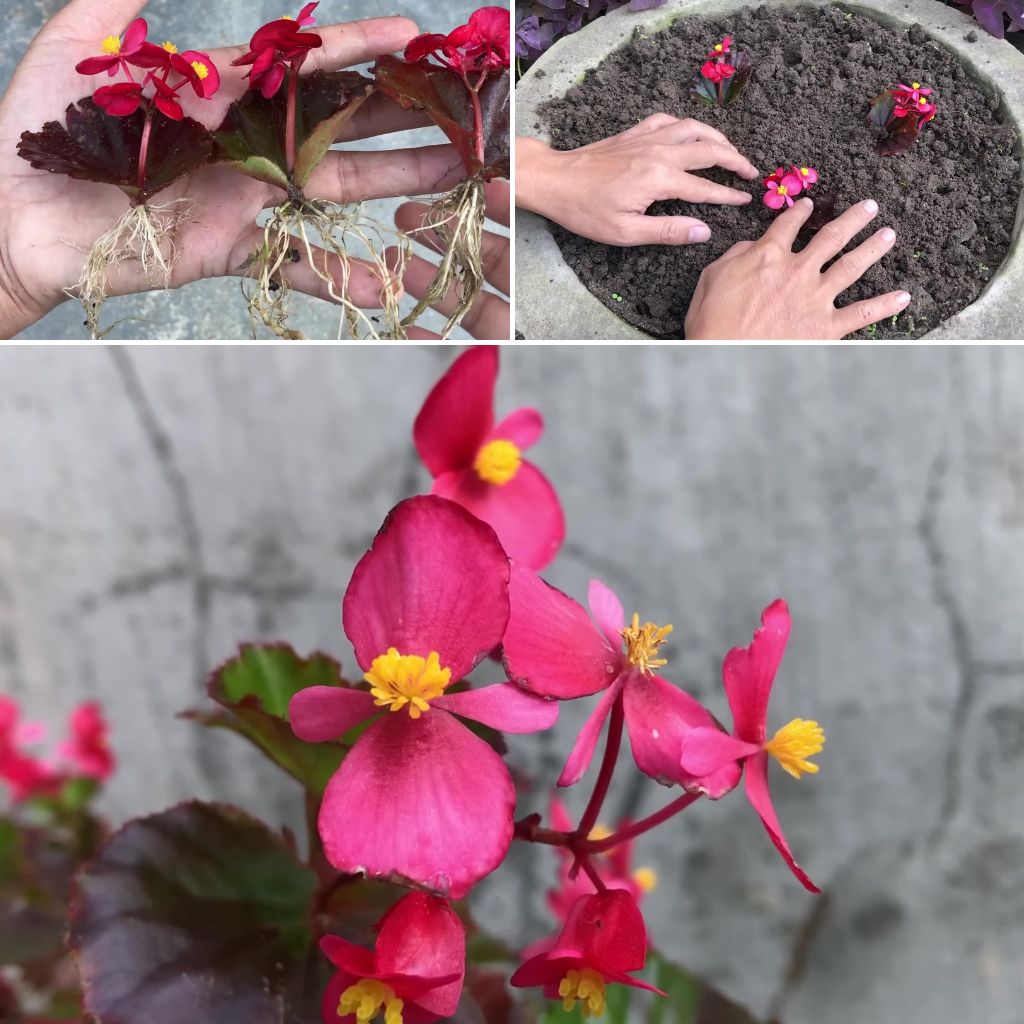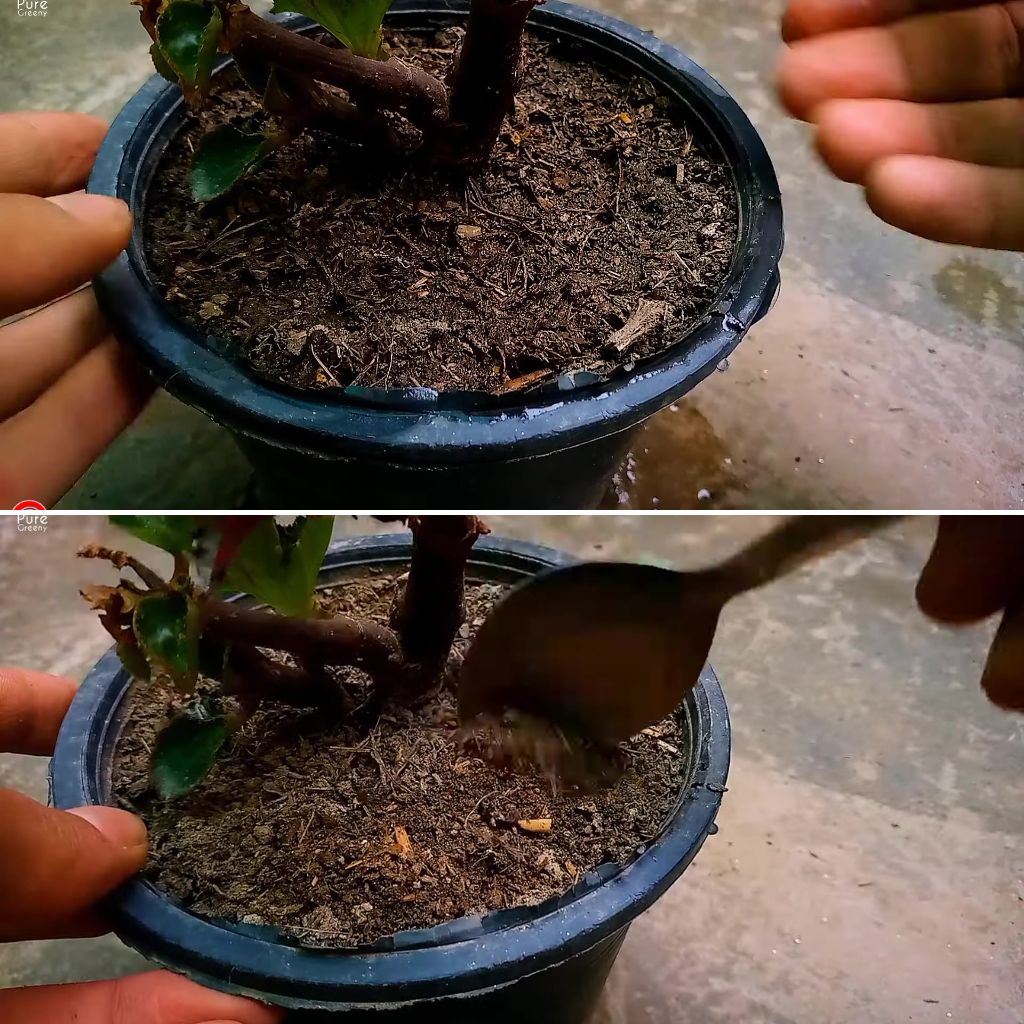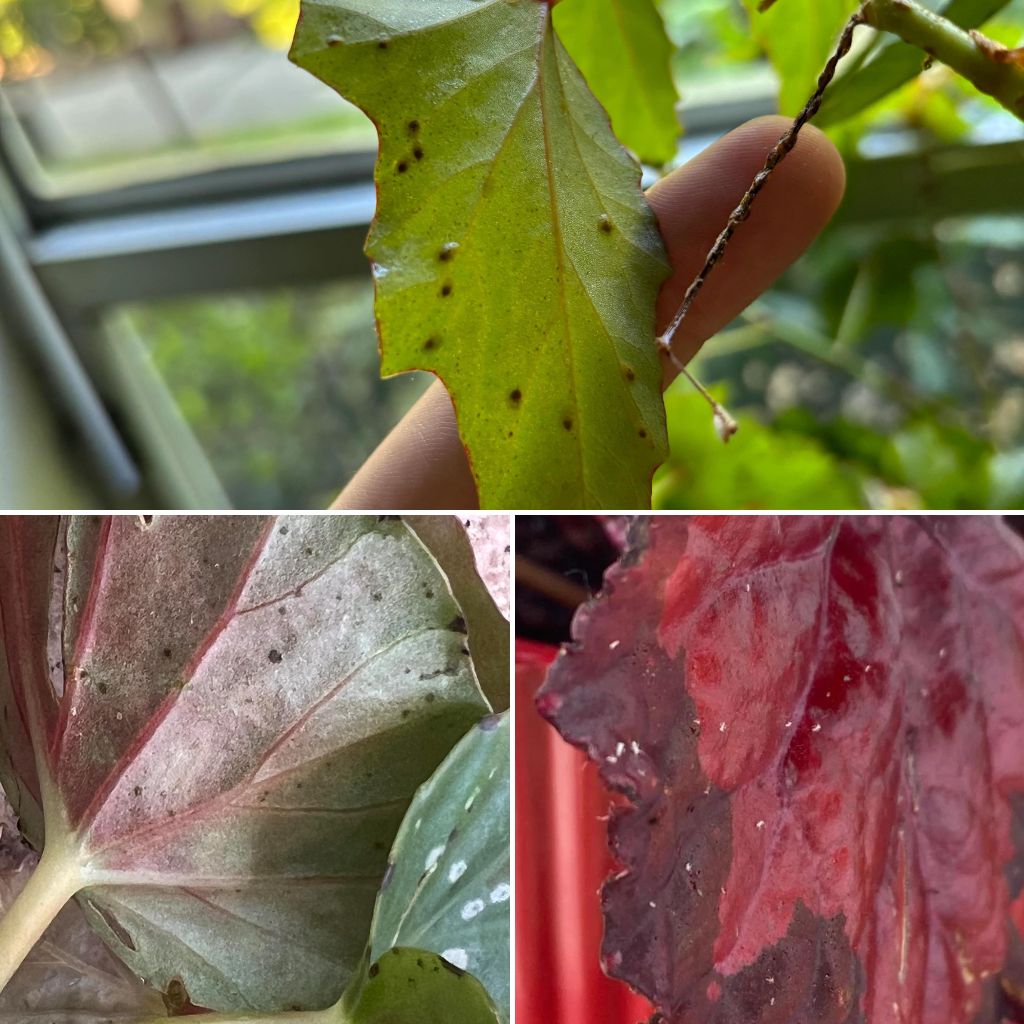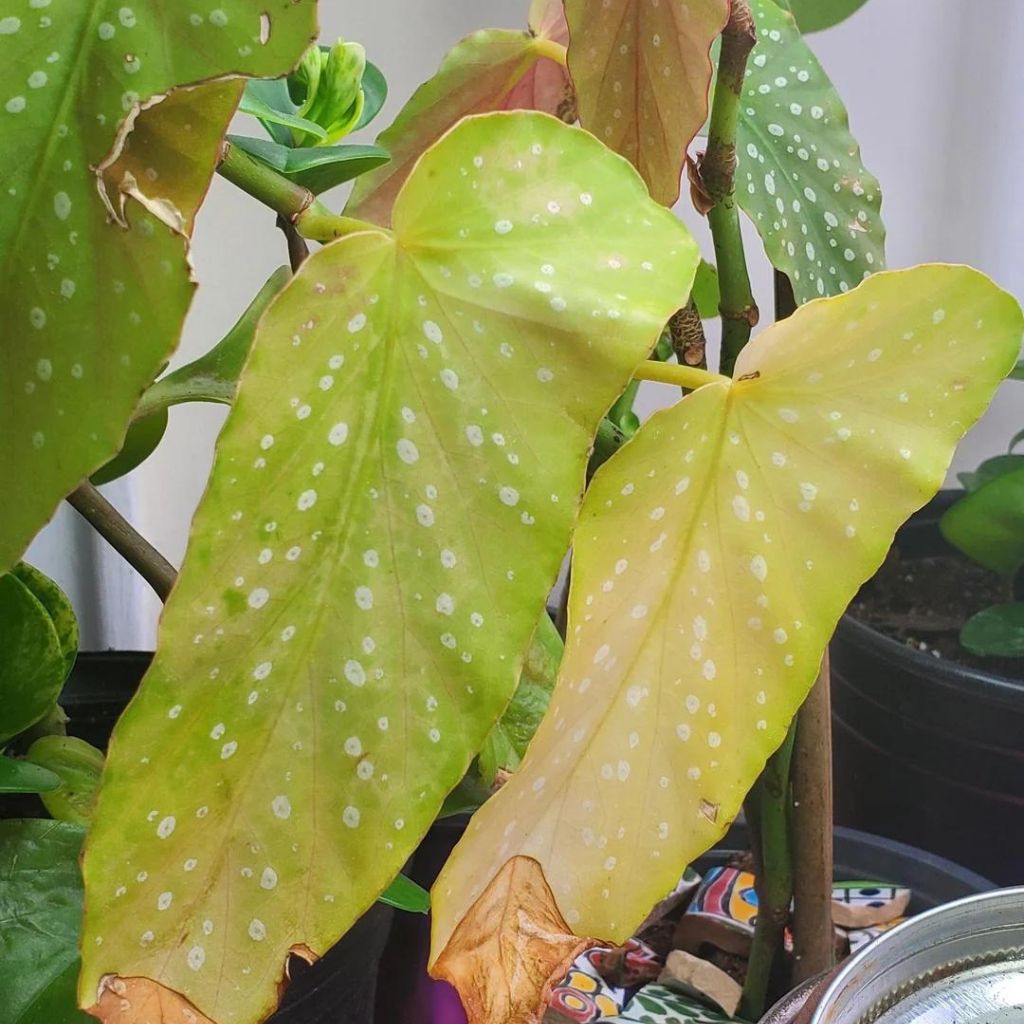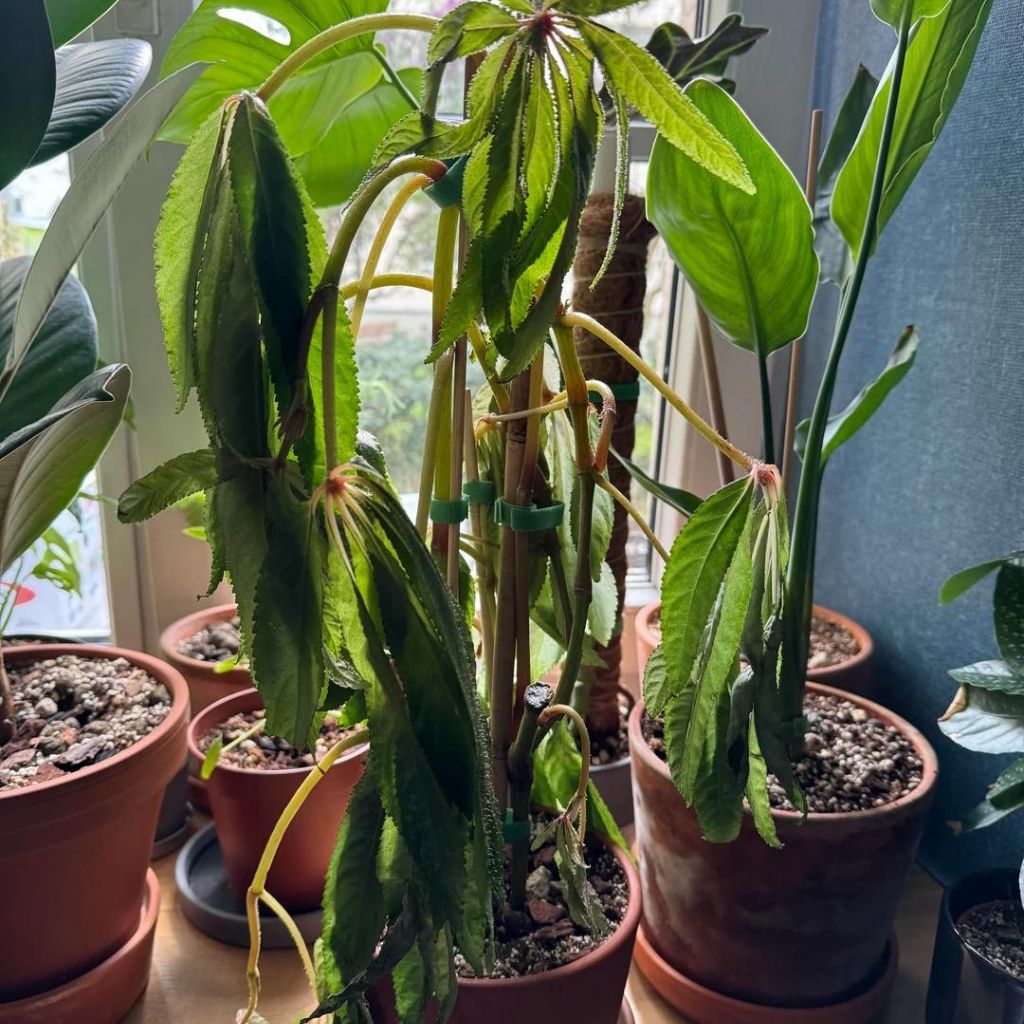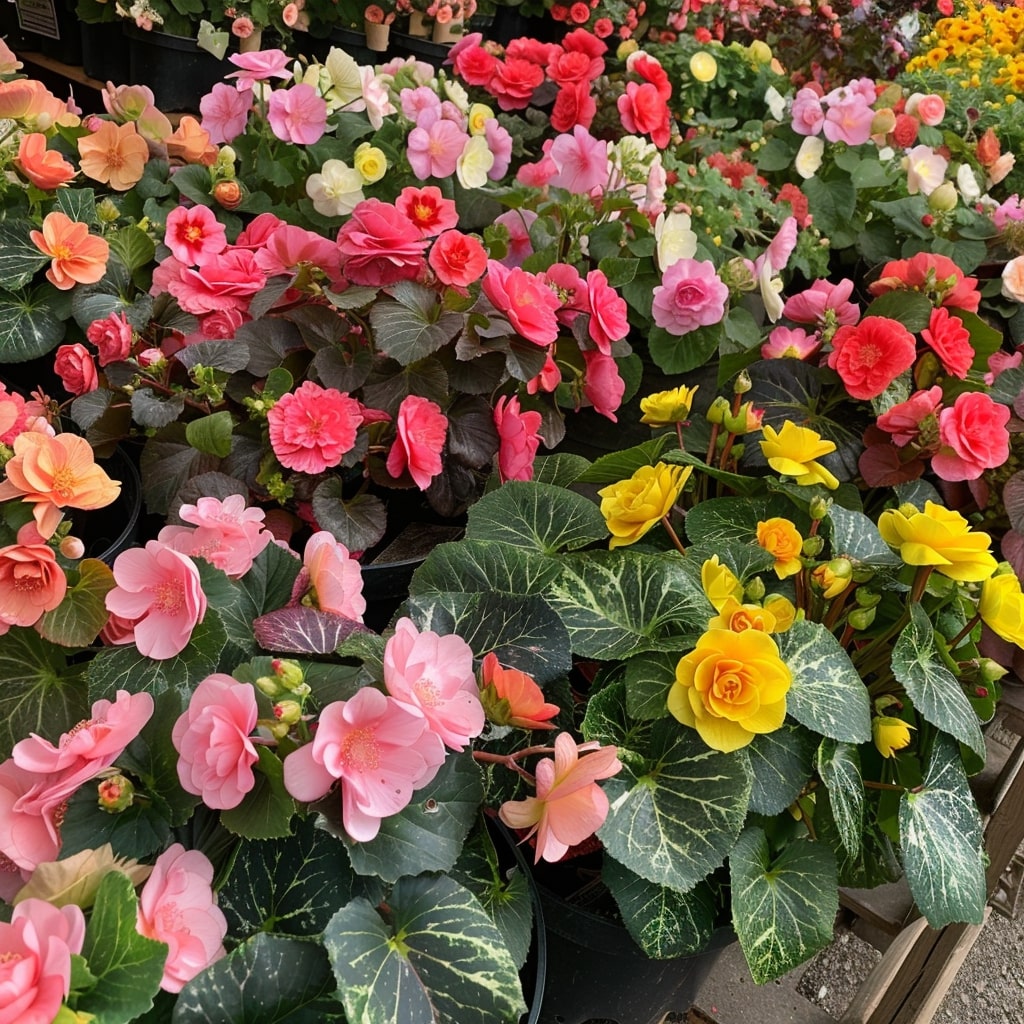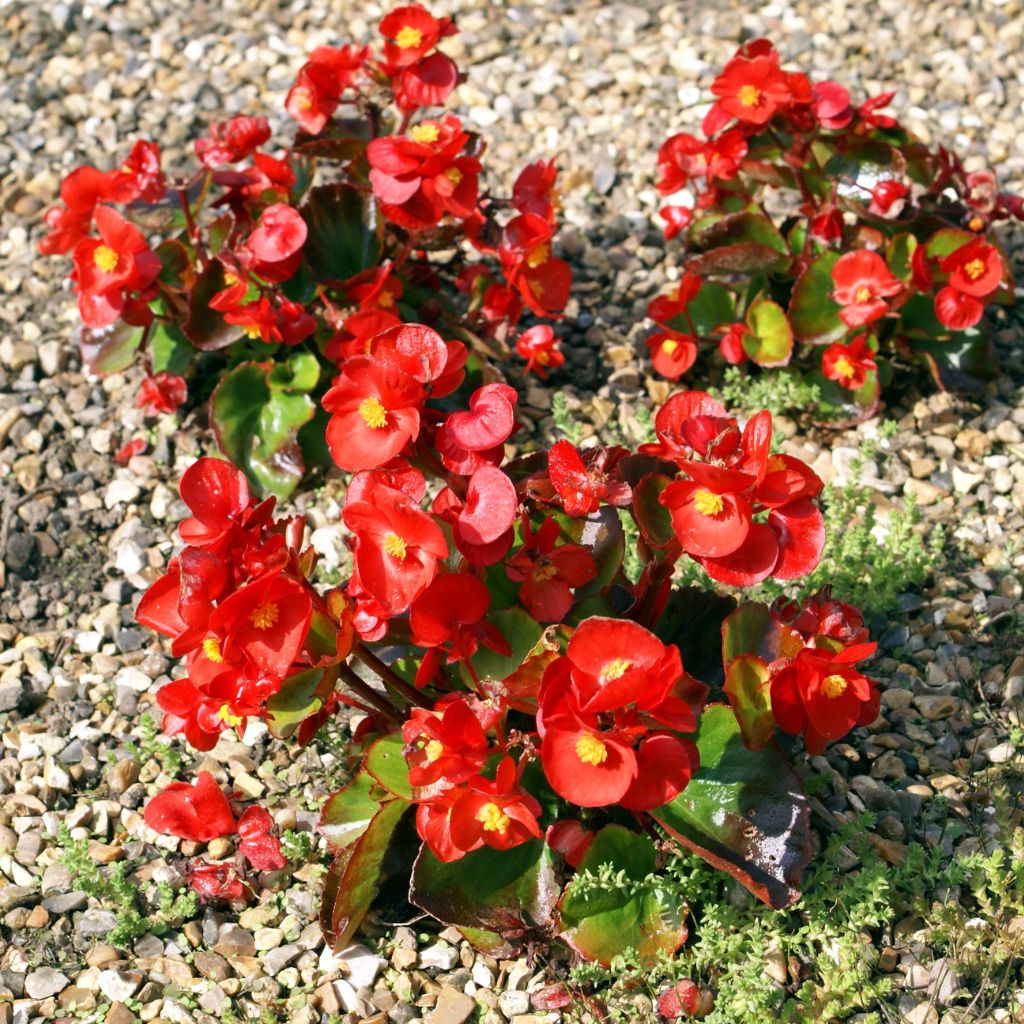Begonias are a stunning addition to any garden or indoor space. They are known for their vibrant colors and unique foliage, making them a popular choice among gardeners and plant enthusiasts.
However, growing begonias can be a challenge for beginners. That’s why a step-by-step guide can be helpful for those who want to grow beautiful begonias successfully.
This article will provide a quick but comprehensive guide on how to grow and care for begonias. It will cover everything from selecting the right type of begonia to planting, watering, and fertilizing.
With this guide, readers will be able to grow healthy, beautiful begonias that will thrive in any environment.
Understanding Begonias
Before diving into begonia care, it’s essential to understand these plants’ basics. Begonias come in a vast array of shapes, sizes, and colors, with over a thousand different varieties to choose from.
They can thrive both outdoors and indoors, adding amazing color and beauty to any space.
Species and Varieties
Begonias are a diverse group of plants with over 1,500 species and numerous hybrids and cultivars. They are native to tropical and subtropical regions around the world, including South America, Central America, Africa, and Asia.
Some of the most popular species of begonias include the cane begonia, the rex begonia, the angel wing begonia, and the tuberous begonia. Each species has its own unique characteristics, such as leaf shape, flower color, and growth habit.
In addition to species, there are also many varieties of begonias. These varieties can differ in color, size, and shape of the leaves and flowers. Some popular begonia varieties include the Dragon Wing begonia, the Iron Cross begonia, and the Gryphon begonia.
History and Origin
Begonias were first discovered in the 17th century by a French botanist named Charles Plumier. He named the plant after his friend Michel Bégon, a French politician and avid plant collector.
Begonias were originally found in the tropical regions of South America and were brought to Europe in the 18th century. They quickly became popular as houseplants due to their attractive foliage and flowers.
Today, begonias are popular all over the world and are used in gardens, as houseplants, and in floral arrangements. They are known for their beauty, diversity, and ease of care.
Different Types of Begonias
Tuberous Begonias
- Example: Rieger begonias
- Features: Bulbs (tubers) and large flowers
Rhizomatous Begonias
- Example: Rex begonias
- Features: Stunning foliage rather than flowers
Cane Begonias
- Example: Angel wing begonia
- Features: Large, showy, and constant bloomers
Fibrous Begonias
- Example: Wax begonias
- Features: Common bedding plants with prolific flowers
Each type requires slightly different care, so it’s essential to know which variety you have.
Selecting the Right Begonias
Assessing Light Conditions
When selecting begonias, it is important to assess the light conditions of the area where they will be planted.
Begonias require varying levels of light, and choosing the right type for the amount of light available is crucial for their growth and overall health.
For areas with low light conditions, shade-loving begonias such as the Rex Begonia or Angel Wing Begonia are ideal. These varieties thrive in low light and can even tolerate some direct sunlight.
For areas with moderate to high light conditions, the Wax Begonia or Tuberous Begonia are great options.
These varieties require more sunlight and can handle direct sunlight for a few hours each day.
Considering Soil Types
Another important factor to consider when selecting begonias is the type of soil in the planting area. Begonias prefer well-draining soil that is rich in organic matter.
For areas with heavy clay soil, amending the soil with compost or other organic matter can improve drainage and provide the necessary nutrients for begonias to thrive.
For areas with sandy soil, adding organic matter can help retain moisture and nutrients, which can be quickly lost in sandy soil.
Overall, selecting the right begonias for the light conditions and soil type of the planting area is essential for their growth and success.
Taking the time to assess these factors and choose the appropriate variety can lead to beautiful and healthy begonias in your garden.
Growing Begonias Outdoors
Begonias are perfect for adding color to shade gardens or mixed patio planters. Here’s how to ensure they thrive:
- Location: Partial shade or dappled sunlight
- Soil: Rich, well-draining soil, amended with compost or organic fertilizers if needed
- Watering: Keep soil consistently moist but avoid waterlogging
Growing Begonias Indoors
Begonias can also be grown indoors year-round, especially during colder months:
- Light: Bright, indirect light
- Temperature: 65-75°F
- Humidity: Increase humidity with a humidifier or pebble tray
- Watering: Water from the bottom to prevent fungal issues
Planting Your Begonias
Planting Begonia Corms
Begonia corms have a concave side and a convex side. The convex side, which has the roots, faces downwards in the soil. The concave side has little shoots coming out of the top, which will become the plants.
Here’s the right way to correctly plant a Begonia corm:
- Choose a pot with a drainage hole at the bottom to prevent the compost from sitting in water and becoming stagnant. Add a layer of gravel about an inch thick to the bottom for drainage.
- Fill the pot almost to the top with good quality multi-purpose compost. As you add the compost, crumble it up with your hands to get rid of any lumps.
- Place the corm with the bowl shape at the bottom, where the roots will appear. You can usually see the start of the shoot on top, promising the growth to come from this flower power.
- Firmly push the corm into the top of the compost just enough so it remains level with the surface.
Proper Planting Technique
When planting begonias, it is important to choose the right location that provides adequate sunlight and well-drained soil. Begonias thrive in partial shade, so it is recommended to plant them under a tree or in a location that receives filtered sunlight.
To plant your begonias, dig a hole that is twice the size of the root ball and loosen the soil at the bottom of the hole.
Carefully remove the begonia from its container and gently loosen the roots before placing it in the hole. Fill the hole with soil and gently tamp it down around the plant. Water the plant thoroughly to help settle the soil.
Timing and Seasonality
Begonias should be planted in the spring when the threat of frost has passed and the soil has warmed up. It is important to plant begonias at the right time to ensure that they have enough time to establish themselves before the hot summer months.
Begonias can also be planted in the fall, but it is important to do so at least six weeks before the first expected frost. This will give the plant enough time to establish itself before the cold weather sets in.
Overall, planting begonias requires a bit of care and patience, but the results are worth it. With the proper planting technique and timing, your begonias will thrive and add a beautiful touch to your garden.
How to Propagate Begonias from Leaves
This method allows you to propagate begonias effectively from their leaves:
1. Select Healthy Leaves: Choose mature, healthy leaves from the parent begonia plant.
2. Cut the Leaves: Use a sharp knife or scissors to cut the leaves, leaving a short stem (petiole) attached.
3. Prepare Potting Mix: Fill small pots or trays with a mix of peat and perlite. Lightly moisten the soil.
4. Plant the Leaves: Make small cuts along the main veins on the underside. Apply the rooting hormone. Press the cut sections into the soil.
5. Provide Conditions: Place the pots in a warm, bright location with indirect sunlight. Keep the temperature around 70-75°F (21-24°C).
6. Water and Care: Keep the soil consistently moist and mist the leaves occasionally.
7. Transplant: After a few weeks, small roots and new plantlets will form. Once the plantlets have sufficient roots, transplant them into individual pots.
Caring for Begonias
Watering Requirements
Begonias require moderate watering, neither too much nor too little. Overwatering can lead to root rot, while underwatering can cause wilting and leaf drop. The frequency of watering depends on the climate, soil, and pot size.
In general, it’s better to water begonias deeply and less frequently than to sprinkle them lightly every day. The soil should be moist but not soggy.
To check the moisture level, insert a finger into the soil up to the second knuckle. If it feels dry, it’s time to water. If it feels wet, wait a few days before checking again.
Fertilization and Nutrition
Begonias benefit from regular fertilization to promote healthy growth and blooming. A balanced fertilizer with equal amounts of nitrogen, phosphorus, and potassium is ideal.
The frequency of fertilizing depends on the type of fertilizer and the growth stage of the plant. In general, it’s better to fertilize begonias lightly and frequently than to apply a heavy dose once in a while.
Too much fertilizer can burn the roots and damage the plant. Organic fertilizers, such as compost or worm castings, can also be used to provide nutrients and improve soil structure.
Pruning and Maintenance
Begonias require minimal pruning but benefit from regular maintenance to remove dead or damaged leaves and flowers.
Pruning can also shape the plant and encourage branching. Use clean and sharp pruning shears to avoid tearing the stems or spreading diseases. Wipe the blades with rubbing alcohol before and after pruning to disinfect them.
Begonias can also benefit from occasional grooming, such as removing dust and debris from the leaves and stems with a soft brush or cloth.
Avoid touching the leaves with wet hands or spraying them with water, as this can cause spotting and fungal growth.
Bringing Begonias Indoors For Winter
Bring begonias indoors before temperatures drop below 60°F. Place them in a bright spot and maintain humidity. Tuberous varieties should go dormant during winter.
Troubleshooting Common Issues
Pest Management
Begonias are susceptible to various pests, such as spider mites, mealybugs, thrips, and aphids. These pests can cause damage to the foliage and lead to stunted growth and poor flowering. Here are some practical steps to manage pest infestations:
- Regularly inspect the plants for any signs of pest activity, such as webbing, white powdery residue, or tiny insects.
- Isolate infected plants to prevent the spread of pests to healthy plants.
- Use a strong stream of water to dislodge pests from the foliage.
- Apply insecticidal soap or neem oil to the plants, following the manufacturer’s instructions.
- Avoid using chemical insecticides as they can harm beneficial insects and pollinators.
Disease Prevention
Begonias are prone to fungal and bacterial diseases, such as powdery mildew, botrytis, and bacterial leaf spot. These diseases can cause leaf spots, wilting, and death of the plant. Here are some tips to prevent and manage diseases:
- Provide adequate air circulation and avoid overcrowding of plants.
- Water the plants at the base and avoid wetting the foliage.
- Avoid overhead watering, especially during humid weather.
- Remove any infected leaves or plants to prevent the spread of diseases.
- Apply a fungicide or bactericide to the plants, following the manufacturer’s instructions.
By following these simple tips, gardeners can effectively manage pest and disease issues and keep their begonias healthy and beautiful.
Troubleshooting Common Begonia Care Problems
Source: Reddit
Brown Leaves
- Cause: Underwatering, low humidity, or extreme temperatures
- Solution: Maintain consistent moisture and humidity
Yellow Leaves
Source: Reddit
- Cause: Overwatering or lack of light
- Solution: Ensure soil isn’t soggy, improve air circulation
Drooping Stems/Leaves
Source: Reddit
- Cause: Overwatering or cold exposure
- Solution: Adjust watering and protect from cold
Wilting or Drooping
- Cause: Underwatering, repotting, overwatering, or heat
- Solution: Water consistently, adjust temperature
Not Flowering
- Cause: Lack of nutrients, improper fertilizer, or insufficient light
- Solution: Use proper fertilizer and ensure adequate light
Begonia Plant Care FAQs
Are Begonias Easy To Grow?
Yes, with the right care, begonias are easy to grow. They need balanced watering and humidity.
Do Begonias Like Sun Or Shade?
Most prefer shade but some new varieties can handle full sun. Know your variety’s needs.
Can Begonias Live Inside?
Yes, begonias make excellent houseplants. Tuberous types need winter dormancy.
Do Begonias Come Back Every Year?
Begonias are tender perennials in suitable zones. Some are hardier than others.
Are Begonias Indoor Or Outdoor Plants?
They can be both, depending on the variety and climate.
How Do I Save Begonias For Next Year?
Bring them indoors for winter. Tuberous types should be stored dormant.
Growing begonias is easy and enjoyable. With the proper care, you can enjoy their beauty year-round, indoors and out. Collect different varieties to add a splash of color to your home and garden!

